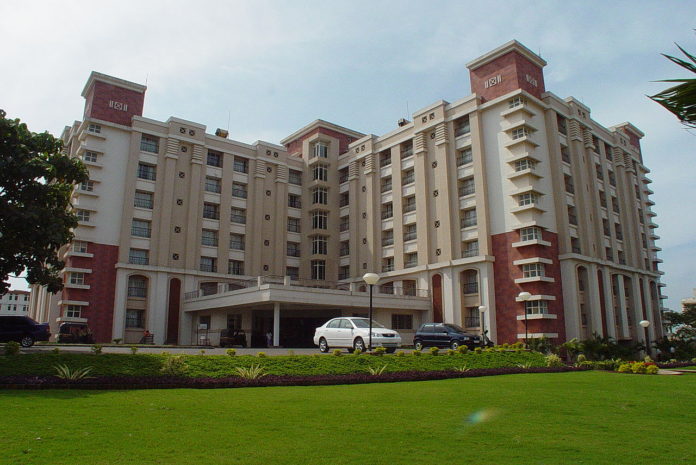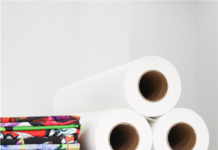The new 3D printing facility was established under the Manipal Academy of Higher Education (MAHE) and is part of the Department of Orthopaedics at Kasturba Hospital in India. The centre is called Hastha, the Centre for Congenital Hand Differences, and has already helped two children with deformities receive artificial limbs.
Dr. Avinash Shetty, the Medical Superintendent at the Kasturba Hospital said, ‘The 3D printable prosthetics are the new revolution in manufacturing artificial limbs. The prosthetics can be produced quickly, cheaply as well as with innovative designs. They’re especially useful for children who will quickly outgrow a prosthetic.’
Shetty also explained that with 3D printing it is possible to create prosthetics which are suitable for a range of uses. For example, one for sport and another for art class.
3D printing provides this level of customisation. A prosthetic can be made for any level of amputation. However, they’re currently mechanical in appearance but can come in many colours.
To create a prosthetic, a 3D scanner is usually used, which will ensure the design fits perfectly. After a few hours of CAD and 3D printing, a lightweight prosthetic is ready to be worn.
KASTURBA HOSPITAL www.kasturbahospital.com















